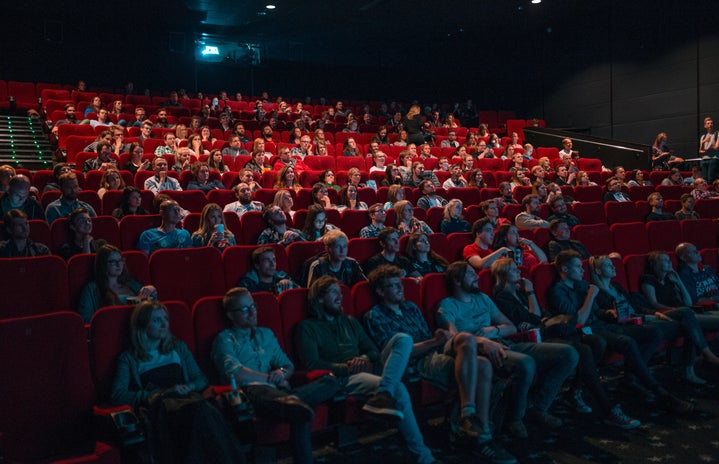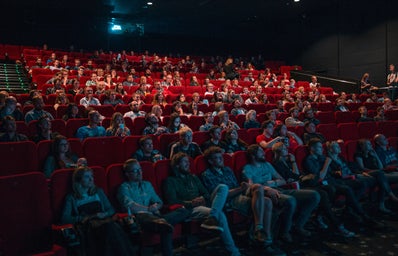⭐️⭐️⭐️⭐️⭐️
Campy teen satire is back!
*****This review contains spoilers******
Bottoms was my most anticipated movie of the year. The director’s description: “campy queer high school comedy in the vein of Wet Hot American Summer but more for a Gen-Z queer audience,” along with me being a massive fan of Ayo Edebiri and Rachel Sennott particularly peaked my excitement. My expectations were extremely high and not only were they met, but far exceeded. To set the scene: Edebiri and Sennott are the equivalent of Robert Di Niro and Al Pacino for anxious zillennials, and Emma Seligman (the director) is Martin Scorsese. I’ve seen Bottoms in theatres twice now and laughed almost the entire run-time.
The film is co-written by Seligman and Sennott (director and star of Shiva Baby, respectively). The project took years to be fully realized, including their time at New York University, where they met, though Seligman originally hails from Toronto. The plot centres around two lesbian high schoolers (Sennott and Edebiri) who start a ‘fight club’ under the guise of a women’s self-defence club in order to attract the attention of their crushes, who happen to be cheerleaders. Ultimately, the film is a poignant, satire-leaning teen comedy about the perils of having a high school crush, but its cultural significance and references span far beyond that.
Bottoms sources inspiration from the obvious, Fincher’s Fight Club, including a referential insert in which a member of the club says she loves the respective director. During a SXSW Q&A, Seligman references high school comedies such as the cult classic But I’m a Cheerleader with its playful exploration of stereotypes and gender performativity, as well as Saved, and Edgar Wright’s filmography.
I would go so far as to say this is a generation-defining film. It doesn’t hold back in its humour, taking risks with leaning towards a specific niche, the Gen Z queer audience that Seligman describes. At times the humour seems out of pocket, but it is rooted in cultural significance and real-life experiences – such as playfully making fun of second-wave feminism.
The film requires one to suspend their disbelief, but this isn’t hard, as from the onset it is clear that this film doesn’t take itself too seriously. And this works to its advantage, solidifying its satirical nature. Bottoms cannot be placed in a specific moment in space or time, as seen through little use of technology, aside from flip phones. This is contrasted with the humour and fashion, which places it in the late 2010s or early 2020s. Further, it satirizes tropes of all-Americanism, such as the pedestalized high school football players who wear their uniform 24/7. Nicholas Galitzine’s – who plays the “lead” football player – performance and mannerisms were so subtlety hilarious. The humorous absurdity of Marshawn Lynch’s character as the history teacher and staff supervisor of the fight club solidifies this categorization. For me, Edebiri and Lynch were the biggest source of hilarity – a highlight being when Lynch said, “I always knew women were evil,” and the dance break Edebiri’s character, Josie, did before she was about to fight PJ, Sennott’s character. Another moment to note is Edebiri’s improvised monologue at the beginning of the film in which she hilariously describes a closeted future she could have if she doesn’t find a girlfriend before graduation.
Thankfully, Josie will not have to live out this dreadful outlook as her dreams of having Isabel (Havana Rose-Liu) as her girlfriend come true! Speaking of said girlfriend, the chemistry between Josie and Isabel was palpable and represented ‘the heart’ of the film, grounding it with a level of emotional resonance.
Though Bottoms is a comedy, it meant a lot to me and was something I wish existed when I was in high school. It truly felt like a representation I would never get to see. Instead of the usual period-drama–queer trauma–bury-your-gays, we get to see our narratives reclaimed!


